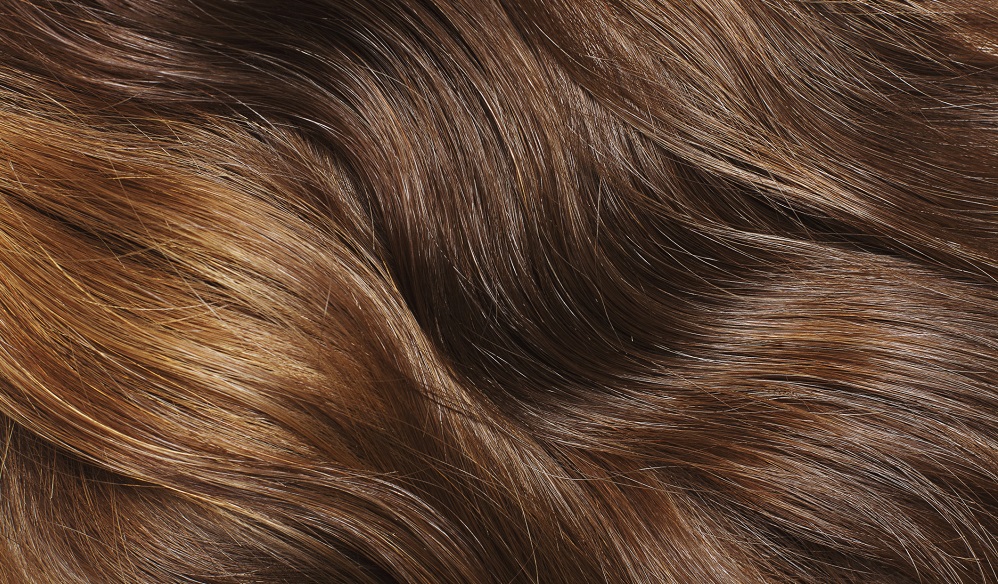Hair is a defining feature of the human body, and its color can vary greatly across individuals. We often associate hair color with ethnicity, genetics, and even personal style. But does the shade of your hair actually play a role in keeping you warm? The answer, surprisingly, is no.
Hair's Primary Function: Not Insulation
While hair might seem like a natural insulator, its primary function is not to regulate body temperature. Hair's main roles include:
- Protection: Hair acts as a physical barrier, safeguarding the scalp from sunburn, dust, and minor injuries.
- Sensation: Hair follicles contain nerve endings that contribute to our sense of touch, allowing us to perceive changes in temperature, air movement, and light touch.
- Communication: Hair styles and colors can hold cultural and social significance, conveying information about our identity, beliefs, and even social status.
The Science of Insulation: It's All About Air
The real hero when it comes to insulation is trapped air. Our bodies generate heat, and air pockets act as a barrier, slowing down the transfer of heat away from the body. This principle applies to all sorts of insulation materials, from the down feathers in a winter jacket to the fiberglass batting in your attic.
Hair Density Matters More Than Color
While hair color itself doesn't affect insulation, hair density can play a role. Thicker hair creates more air pockets near the scalp, providing a slightly greater insulating effect. This is why people with naturally thick hair might feel a bit colder when they get a haircut. However, the difference is minimal and unlikely to be noticeable in most everyday situations.
Melanin: More Than Just Hair Color
Hair color is determined by the amount and type of melanin present in the hair follicles. Melanin is a pigment that also plays a role in skin color and sun protection. There are two main types of melanin:
- Eumelanin: This pigment gives hair its brown and black tones.
- Pheomelanin: Responsible for red and blonde hair colors.
The misconception about hair color and insulation might stem from the fact that melanin does play a role in thermoregulation in some animals. For instance, dark-colored fur in mammals like bears might offer slightly better insulation compared to lighter-colored fur. However, this effect is more pronounced in animals with thick fur coats, and the difference is less significant in humans with much less hair.
Keeping Warm: Strategies Beyond Hair Color
If you're feeling the chill, here are some proven methods to stay warm that have nothing to do with your hair color:
- Layering Up: Wearing multiple layers of clothing traps air between them, creating a more effective barrier against heat loss.
- Natural and Synthetic Fabrics: Wool, fleece, and other natural fibers offer excellent insulation, while some synthetic fabrics like polyester can also trap heat effectively.
- Staying Active: Gentle exercise increases blood flow and generates internal heat, helping you feel warmer.
- Staying Hydrated: Dehydration can make you feel colder. Drinking plenty of fluids helps your body function optimally and regulate temperature.
- Diet: Consuming warm foods and beverages can provide a temporary boost to your body temperature.
Hair Color: A Testament to Diversity, Not Insulation
Hair color is a fascinating aspect of human biology, reflecting our unique genetic makeup and ancestry. While it doesn't significantly impact our ability to stay warm, it adds to the rich tapestry of human diversity. So, embrace your natural hair color or explore different styles with confidence, knowing that warmth comes from practical strategies and not the shade of your locks.
Hair color is a beautiful expression of our individuality, but it's not a key factor in keeping warm. Remember, practical strategies like layering clothing, staying active, and staying hydrated are far more effective ways to maintain a comfortable body temperature. So, celebrate your unique hair color and focus on staying warm with tried-and-true methods!
Tags:
Science

